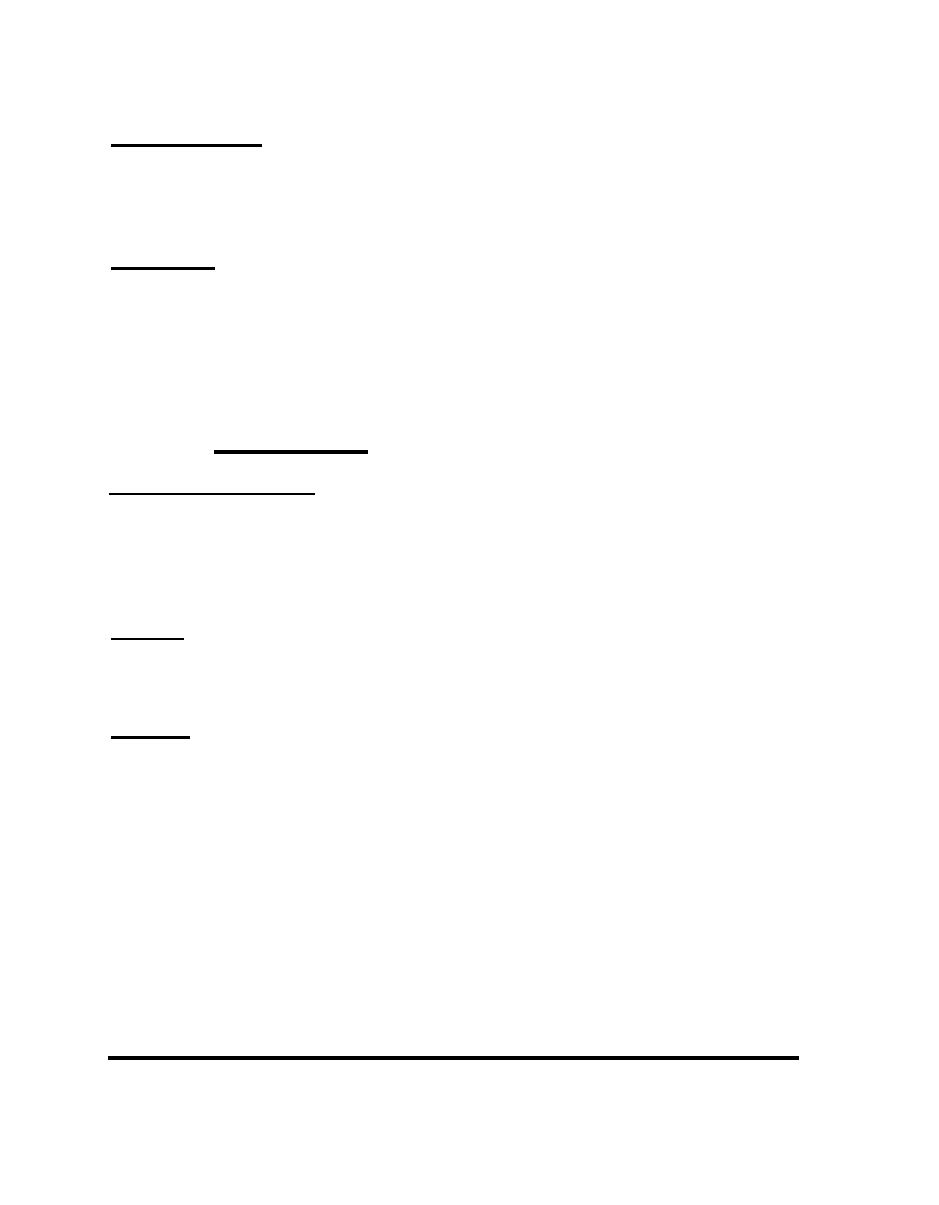

Custom Search
|
|

|
||
 Shafts and Bearings
External motor pumps should be checked for shaft alignment and bearing wear. If
the shaft is out of alignment, bearings will wear quite rapidly. Listening to the pump
is one of the best ways to check and correct alignment.
Current Draw
Another excellent way to spot pump problems is by measuring the current draw of
the pump and comparing it to the manufacturer's specifications.
Table 3-l in Section 3.1.4 gives a general indication of the pump's condition based
on current readings.
6.1.4 Heat Exchangers,
Piping Connections and Seals
Check all heat exchanger ports for signs of leakage or corrosion. Tighten loose bolts
to stop leakage at the bonnets of shell and tube heat exchangers. If necessary,
replace or repair the bonnet gasket. The fluid against this gasket should be water,
so no special materials should be necessary.
Supports
Tighten up any loose connectors in heat exchanger supports. Clean off any
corrosion, prepare the surface, and repaint.
Flow Rate
Methods of checking flow rates are described in Section 3.1.4. Compare it to the
specifications in the system's O & M manual, or check them against the rules of
thumb in Appendix B.
If potable water flow rates are significantly lower than the system specifications,
scale may have built up on heat exchanger passages.
Some heat exchangers can be mechanically descaled with brushes. To do this,
drain and open the heat exchanger. Run the brush through each tube several
times. After brushing, flush the heat exchanger with plenty of water so small pieces
of scale cannot get stuck in system components.
MAINTENANCE
214
6.1 MAINTENANCE PROCEDURES
|
 |
|
 |
||